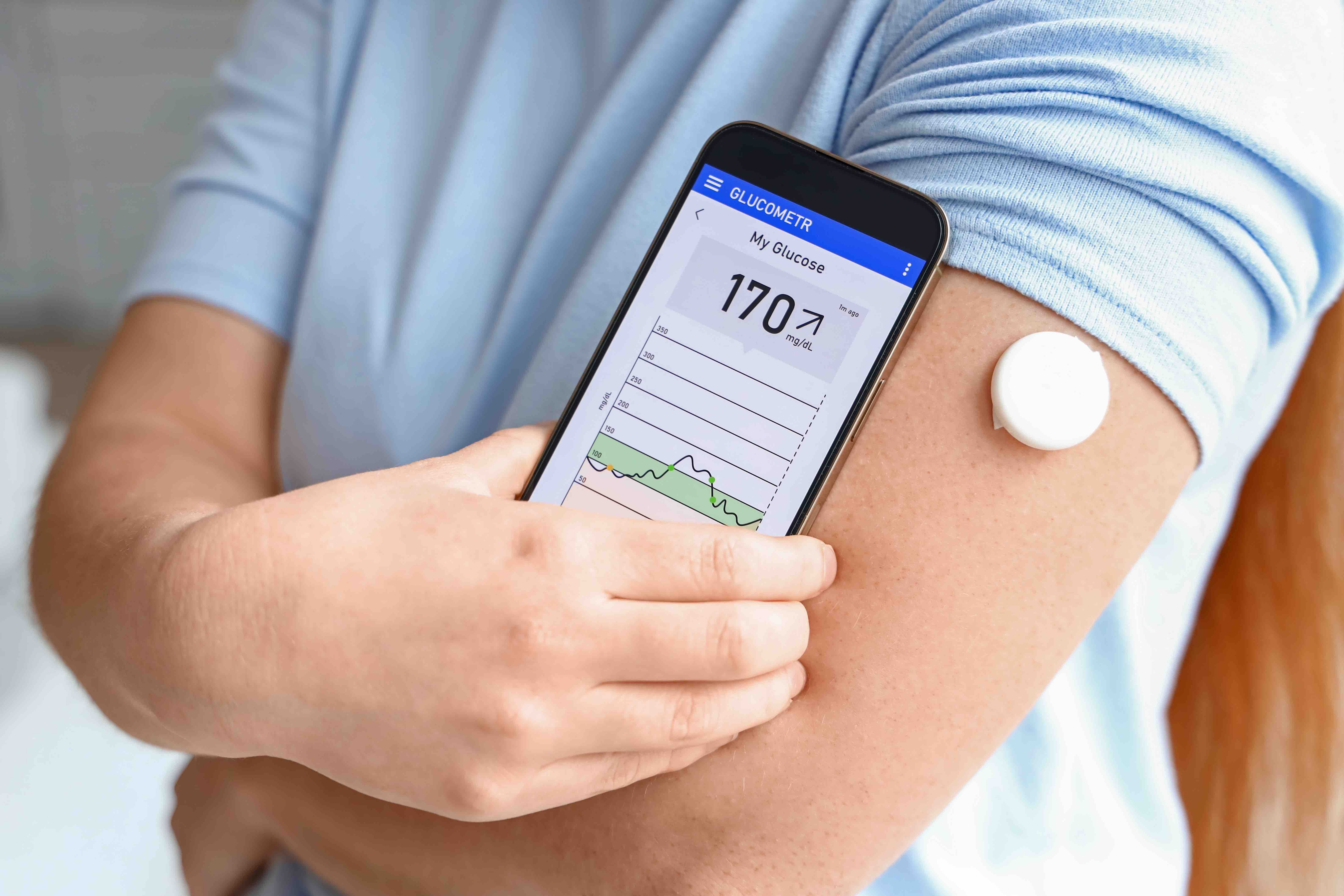- Center on Health Equity & Access
- Clinical
- Health Care Cost
- Health Care Delivery
- Insurance
- Policy
- Technology
- Value-Based Care
CGM Adherence and Costs Improve With DME Channel Over Pharmacy
A real-world analysis showed a link between continuous glucose monitor (CGM) distribution channel and outcomes for patients with diabetes.
Patients with diabetes who acquire continuous glucose monitors (CGMs) through durable medical equipment (DME) providers have higher adherence rates and lower costs than patients who acquire them through pharmacy channels.1
These findings were published in Clinical Diabetes and based on administrative claims data for more than 12,000 individuals with diabetes who initiated CGM in the first quarter of 2021. Data were collected from the Mariner Commercial Claims Database. Researchers compared adherence, emergency department (ED) and inpatient utilization, and total health care costs among patients insured commercially or by Medicare or Medicare Advantage (MA) who received CGM supplies through DME or pharmacy channels.
Payers are shifting CGM coverage from the DME benefit to pharmacy channels. | Image credit: Pixel-Shot – stock.adobe.com

After 12 months, Medicare and MA beneficiaries using DME providers had an adherence rate of 78% compared with 64% among those using pharmacy channels.2 For commercially insured patients, adherence was 60% through DME compared with 48% via pharmacy.
Regarding cost differences, those using DME channels incurred 35% lower total costs across the 12-month period ($11,154 vs $15,029), saving an average of $3875 per patient compared with pharmacy channels.
“Higher adherence rates with continuous glucose monitors are directly linked to improved glycemic control, reduced complications, and lower healthcare costs,” said study author Steven Edelman, MD, professor of medicine at the University of California San Diego, in a press release. “This latest research emphasizes the need for industry-wide support of evidence-based decisions that optimize patient access to diabetes technology and improve clinical outcomes.”
The researchers matched methods based on age, sex, comorbidity index, and diabetes type and found that DME-sourced CGMs were consistently associated with higher adherence rates throughout the year, especially for patients under Medicare.1 While both groups started with similar adherence at the 3-month mark, this gap quickly and consistently widened in favor of the DME cohort. Medicare coverage requirements for CGM devices can help explain better adherence than commercial insurance, though the researchers said the more supportive service model offered by DME suppliers may be adding to the patient benefits.
“By virtue of their business model, DME suppliers establish direct and trusted relationships with patients, enabling better support for proper device use and adherence to prescribed therapies,” they wrote. “In contrast, the pharmacy model tends to prioritize medication dispensing, which may limit engagement and continuity of care and reduce its effectiveness in achieving comparable adherence rates.”
Among commercially insured patients, those using the DME channel also had significantly fewer days of ED and inpatient utilization, with an average of 8 days compared with 11 for pharmacy users.
According to the authors, the findings come at a time when more payers are shifting CGM coverage from the DME benefit to pharmacy channels in an effort to streamline access and reduce administrative burden. However, they cautioned that such policies could inadvertently lower adherence and raise costs for consumers.
“With the transition to pharmacy coverage, physicians complete a simplified, 1-page form documenting the medical need for CGM, often allowing patients to receive their supplies quickly,” the authors noted. “Although some large pharmacy chains now offer chronic care management services to their diabetes customers, we could find no outcomes data from these programs in the literature.”
References
- Allaire JC, Dennis C, Wright EE, Edelman SV, Masturzo A. Impact of continuous glucose monitoring sourcing on real-world adherence and health care costs: a comparative analysis by insurance type. Clinical Diabetes. Published online March 25, 2025. doi:10.2337/cd24-0108.
- New research reveals a critical link between clinical glucose monitor distribution channel and patient outcomes. News release. CCS. March 25, 2025. https://www.businesswire.com/news/home/20250325590785/en/New-Research-Reveals-a-Critical-Link-Between-Clinical-Glucose-Monitor-Distribution-Channel-and-Patient-Outcomes
Health Outcomes of Dually Eligible Beneficiaries Under Different Medicare Payment Arrangements
December 1st 2025Within the same physician groups, 2-sided risk in Medicare Advantage (MA) was associated with higher quality and lower utilization for dually eligible beneficiaries compared with fee-for-service MA and traditional Medicare.
Read More
